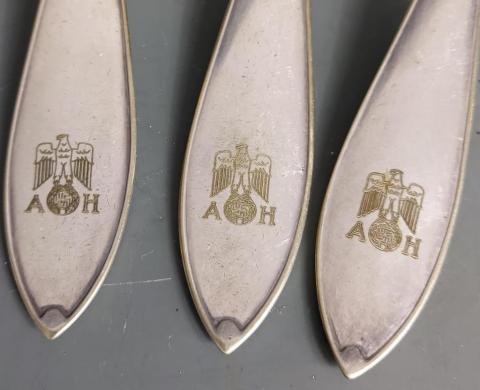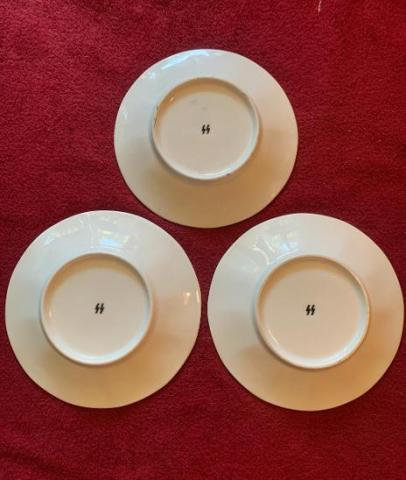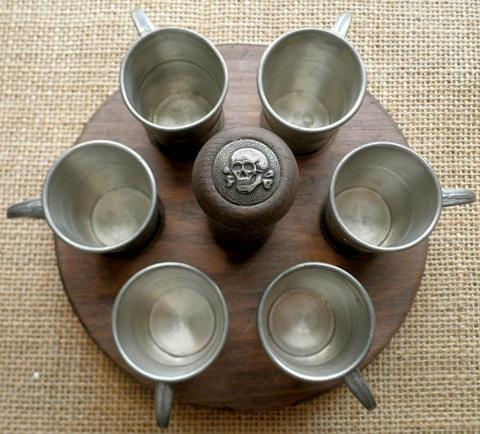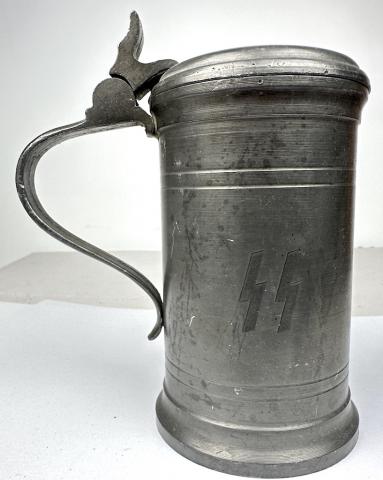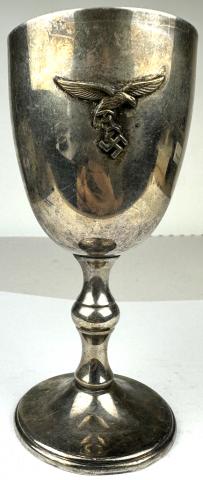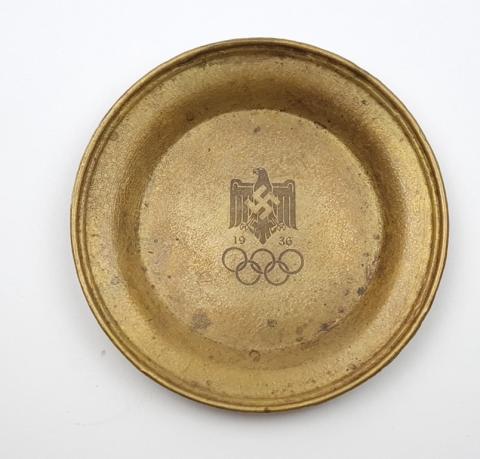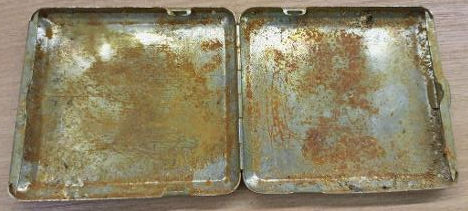WW2 German Nazi early RAD NSDAP Reich labor service Reichsarbeitsdienst mug beer
The Reich Labour Service (Reichsarbeitsdienst; RAD) was a major organisation established in Nazi Germany as an agency to help mitigate the effects of unemployment on the German economy, militarise the workforce and indoctrinate it with Nazi ideology. It was the official state labour service, divided into separate sections for men and women.
From June 1935 onward, men aged between 18 and 25 may have served six months before their military service. During World War II, compulsory service also included young women and the RAD developed to an auxiliary formation which provided support for the Wehrmacht armed forces.
In the course of the Great Depression, the German government of the Weimar Republic under Chancellor Heinrich Brüning by emergency decree established the Freiwilliger Arbeitsdienst ('Voluntary Labour Service', FAD), on 5 June 1931, two years before the Nazi Party (NSDAP) ascended to national power. The state sponsored employment organisation provided services to civic and land improvement projects, from 16 July 1932 it was headed by Friedrich Syrup in the official rank of a Reichskommissar. As the name stated, participating was voluntary as long as the Weimar Republic existed.
The concept was adopted by Adolf Hitler, who upon the Nazi seizure of power in 1933 appointed Konstantin Hierl state secretary in the Reich Ministry of Labour, responsible for FAD matters. Hierl was already a high-ranking member of the NSDAP and head of the party's labour organisation, the Nationalsozialistischer Arbeitsdienst or NSAD. Hierl developed the concept of a state labour service organisation similar to the Reichswehr army, with a view to implementing a compulsory service. Meant as an evasion of the regulations set by the 1919 Treaty of Versailles, voluntariness initially was maintained after protests by the Geneva World Disarmament Conference.
Hierl's rivalry with Labour Minister Franz Seldte led to the affiliation of his office as a FAD Reichskommissar with the Interior Ministry under his party fellow Wilhelm Frick. On 11 July 1934, the NSAD was renamed Reichsarbeitsdienst or RAD with Hierl as its director until the end of World War II. By law issued on 26 June 1935, the RAD was re-established as an amalgamation of the many prior labour organisations formed in Germany during the Weimar Republic, with Hierl appointed as Reich Labour Leader (Reichsarbeitsführer) according to the Führerprinzip. With massive financial support by the German government, RAD members were to provide service for civic and agricultural construction projects. Per Reich Labor Service Act of June 26, 1935.
The Reich Labor Service is an honorary service to the German people.
All young Germans of both sexes are obliged to serve their people in the Reich Labor Service.
The Reich Labor Service is to educate the German youth in the spirit of National Socialism to the national community and to the true working attitude, above all to the due respect of manual labor.
The Reich Labor Service is intended for the performance of charitable work.
The RAD was classed as Wehrmachtgefolge (lit. Defence Force Followers). Auxiliary forces with this status, while not a part of the Armed Forces themselves, provided such vital support that they were given protection by the Geneva Convention. Some, including the RAD, were militarised.
Just prior to the outbreak of World War II, nearly all the RAD/M's extant RAD-Abteilung units were either incorporated into the Heer's Bautruppen (Construction troops) as an expedient to rapidly increase their numbers or else in a few cases transferred to the Luftwaffe to form the basis of new wartime construction units for that service. New units were quickly formed to replace them.
During the early war Norwegian and Western campaigns, hundreds of RAD units were engaged in supplying frontline troops with food and ammunition, repairing damaged roads and constructing and repairing airstrips. Throughout the course of the war, the RAD were involved in many projects. The RAD units constructed coastal fortifications (many RAD men worked on the Atlantic Wall), laid minefields, manned fortifications, and even helped guard vital locations and prisoners.
RAD members digging a trench for a RAD flak battery in March 1945
The role of the RAD was not limited to combat support functions. Hundreds of RAD units received training as anti-aircraft units and were deployed as RAD Flak Batteries.[4] Several RAD units also performed combat on the eastern front as infantry. As the German defences were devastated, more and more RAD men were committed to combat. During the final months of the war, RAD men formed 6 major frontline units, which were involved with serious fighting.
